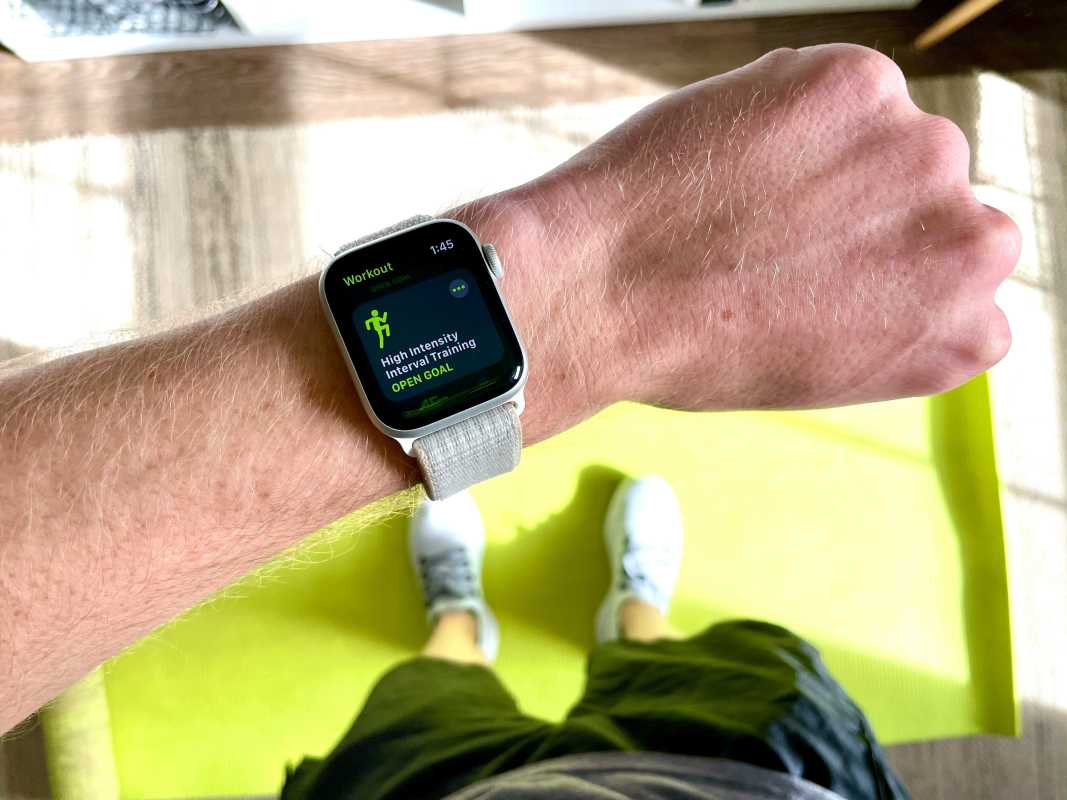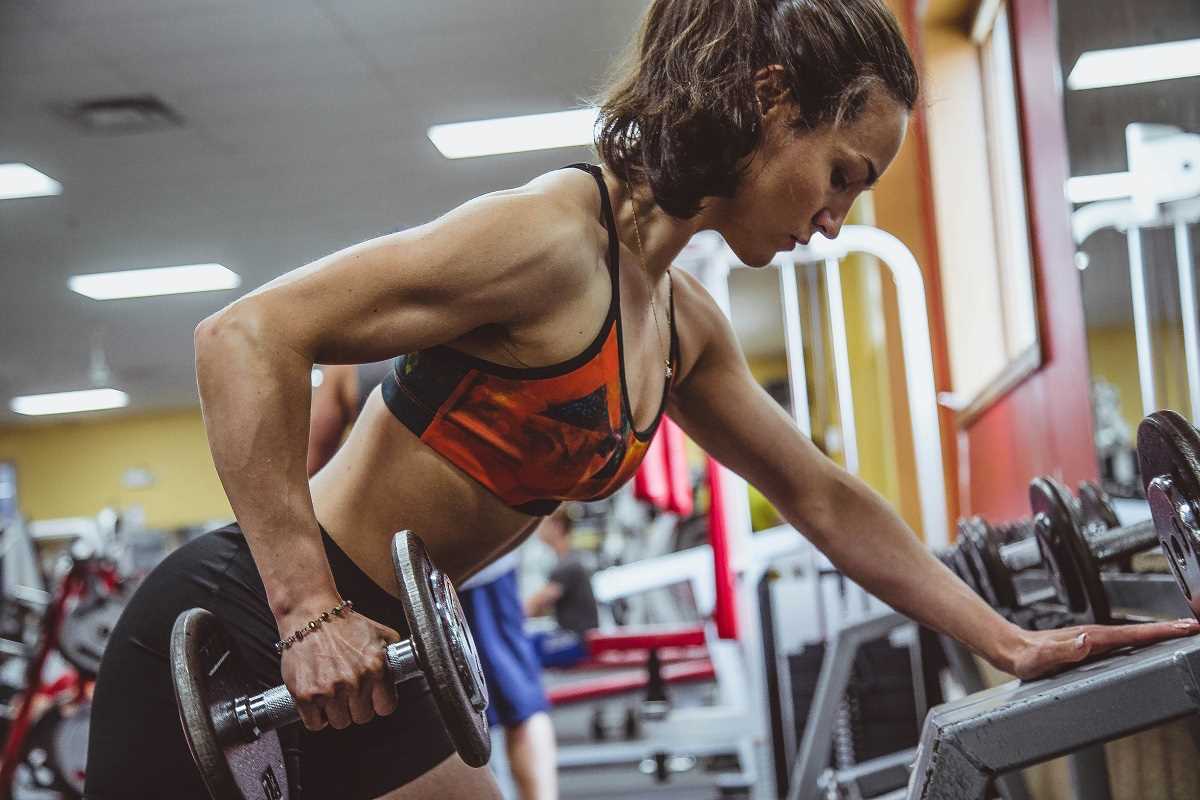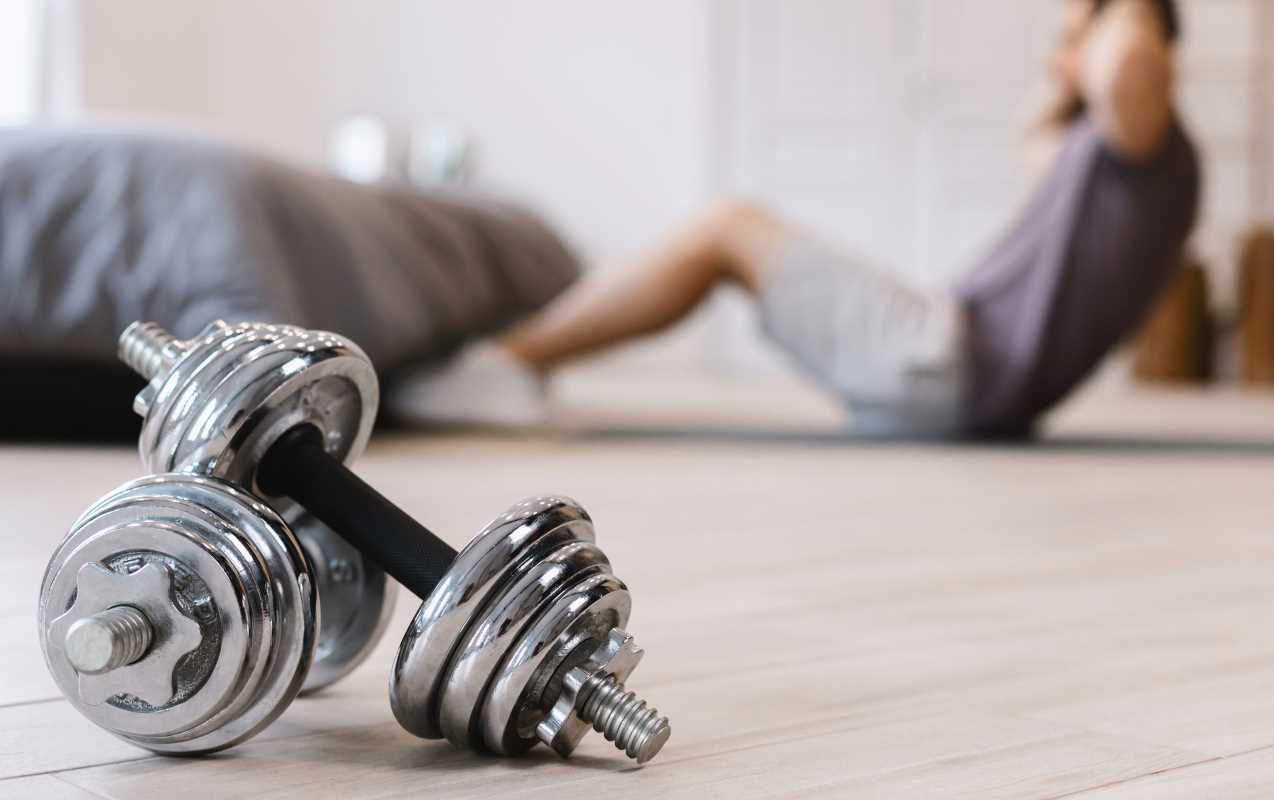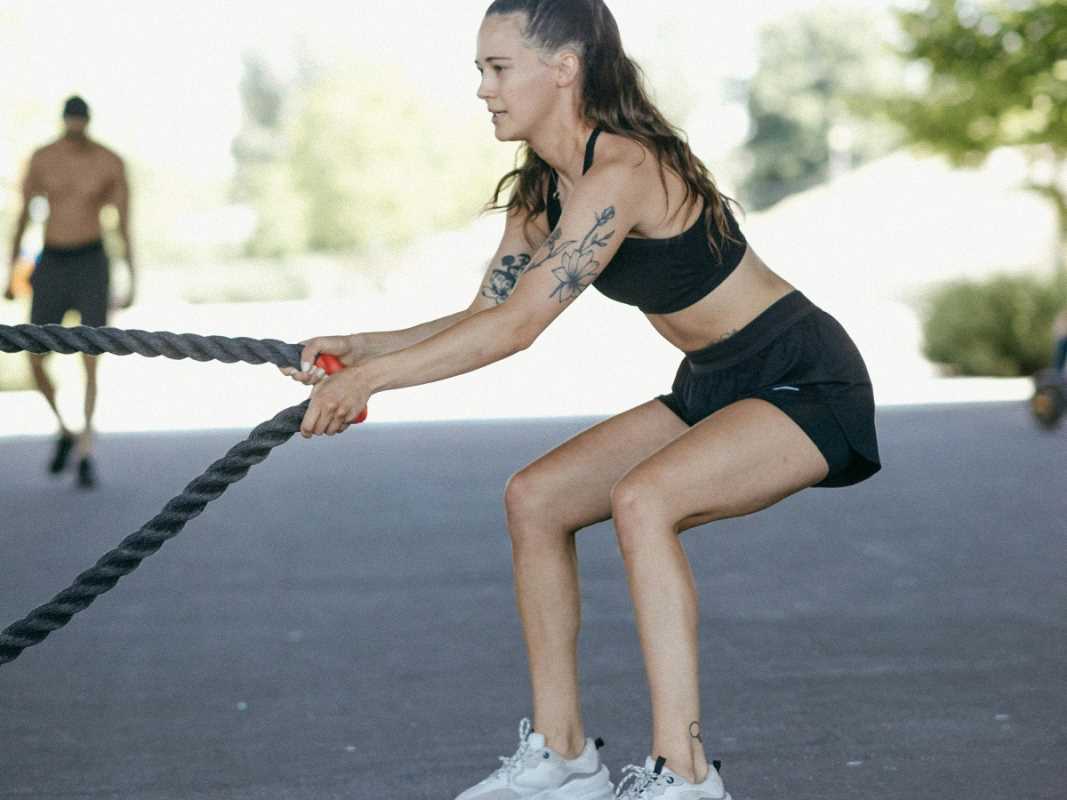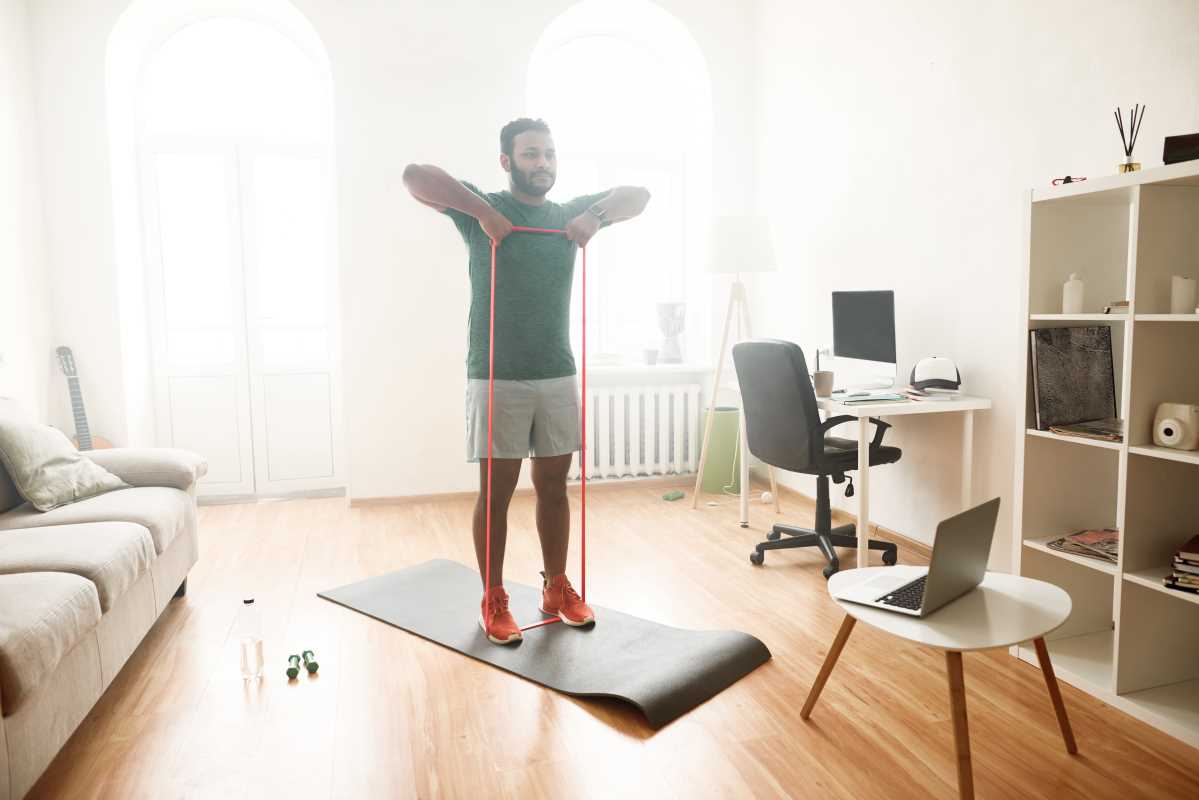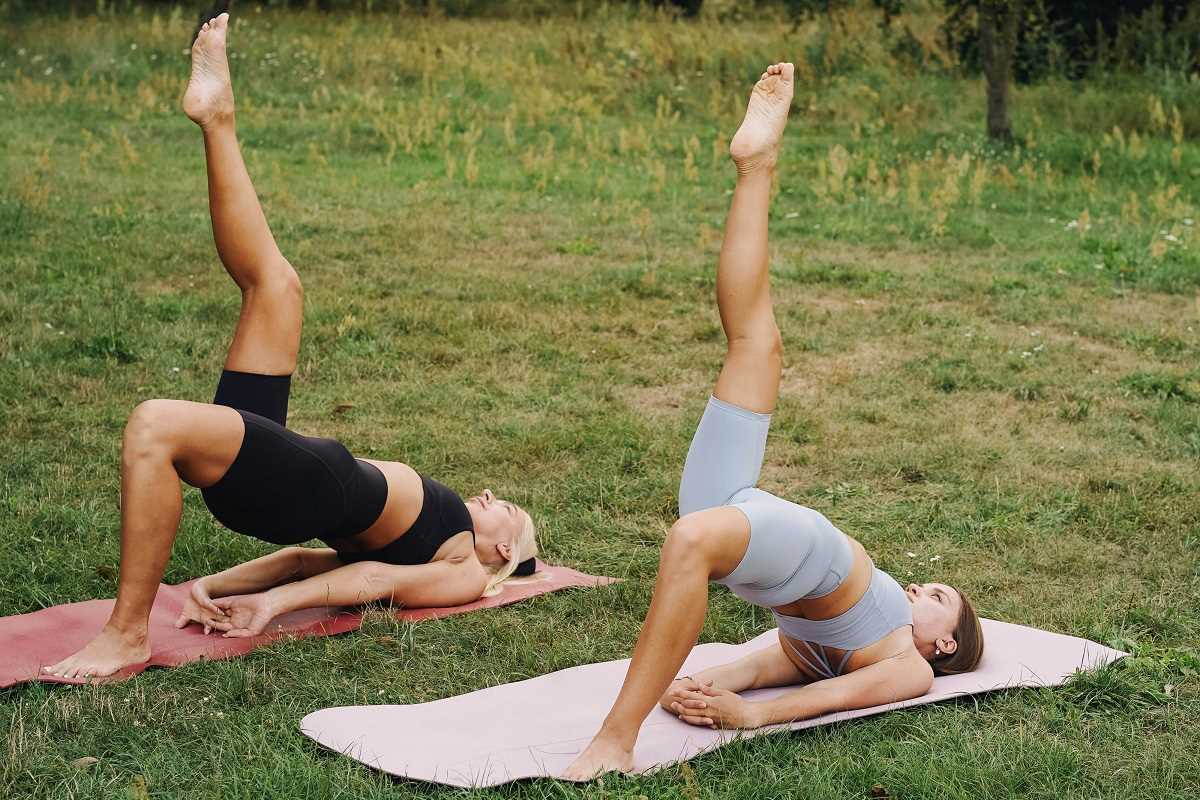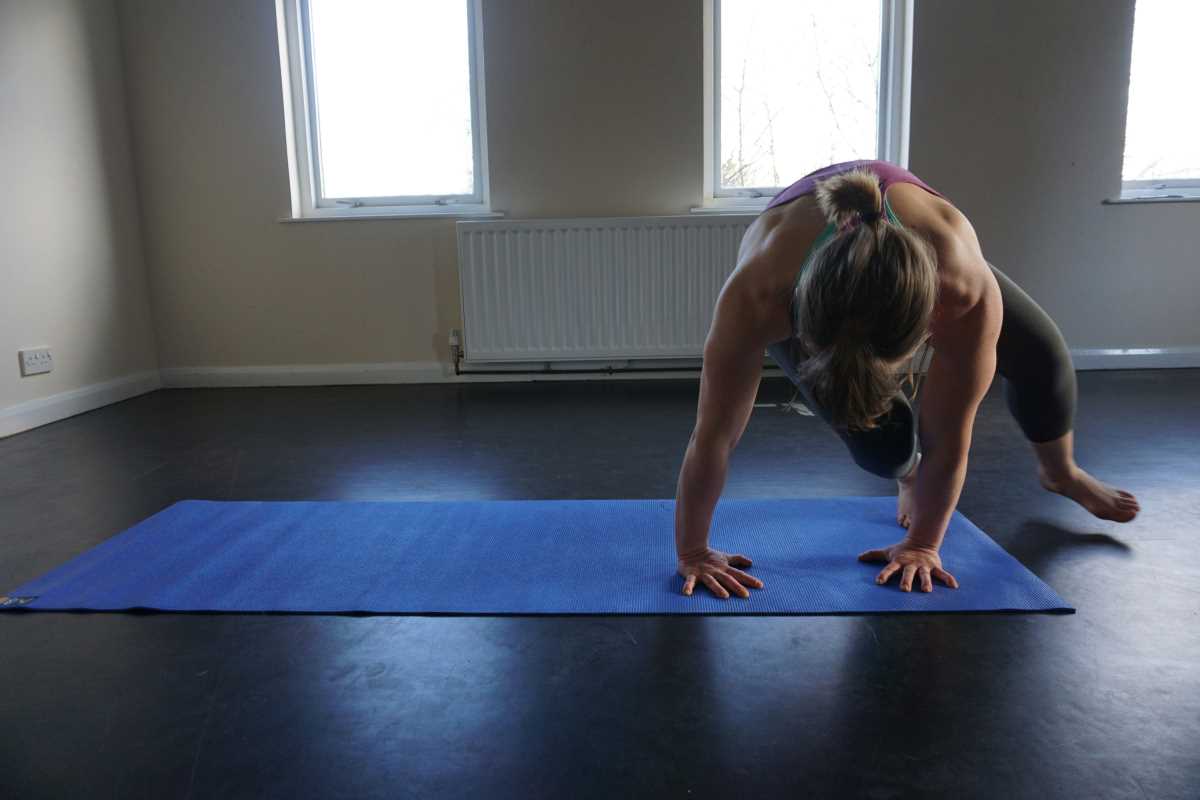Everyday activities like grabbing groceries, bending to tie your shoes, reaching for a high shelf, or twisting to look behind you all depend on a blend of strength, balance, and coordination. When you focus on functional fitness, you prepare your body to handle these movements with greater ease and less discomfort. You can build these essential skills right at home, without any special equipment. By practicing seven specific exercises, you can increase your agility, stand taller with better posture, and lower your chances of experiencing the usual aches and pains that come with daily routines.
Each move in this list addresses how your joints and muscles work together when you lift groceries, step over obstacles, or pick up a child. We’ll walk through clear steps, highlight form tips, and offer tweaks if you’re just getting started. By weaving these exercises into your routine, you’ll gain more confidence in the tasks you do every single day.
Why Functional Fitness Matters
- Better balance: You’ll steady yourself on uneven surfaces and avoid trips.
- Enhanced strength: You’ll carry groceries and laundry baskets without wobbling.
- Improved flexibility: You’ll bend down and reach high shelves with less effort.
- Joint health: You’ll support healthy movement patterns for knees, hips, and shoulders.
- Core stability: You’ll reduce back strain when lifting and twisting.
Functional fitness trains you to activate multiple muscle groups in natural movement patterns. Instead of isolating one muscle, you combine strength, mobility, and coordination, so your daily tasks feel easier. This approach also keeps workouts fresh and engaging.
Building these skills reduces aches in your lower back and knees. When you practice moves that imitate everyday actions, your body adapts and becomes more resilient. You’ll stand taller, move more fluidly, and feel more energized after simple sessions that take just minutes.
Move 1: Squat to Stand
This exercise mimics picking an object up off the floor. It builds leg strength, hip mobility, and balance all at once. Start with feet hip-width apart, toes pointing forward. Bend your knees and push your hips back to lower into a squat. Reach down with both hands toward your toes.
To stand up, press through your heels and drive your hips forward. Keep your chest lifted and core braced. Pause at the top before lowering again. Common mistakes include letting the knees cave inward or rounding your lower back. If you struggle to keep a flat back, place your hands on your thighs and slide them down slowly as you lower.
Move 2: Reverse Lunge with Rotation
This move builds leg strength and challenges your balance while improving thoracic mobility. Stand tall and step your right foot back into a lunge. Keep your front knee directly above your ankle. Hold a light weight or a water bottle at chest height.
Slowly rotate your torso to the left, keeping your hips square. Rotate back to center, then push off your back foot to return to standing. Repeat on the other side. Avoid leaning forward or letting your front knee drift over your toes. If balance feels shaky, hold onto a chair or wall for support.
Move 3: Single-Leg Deadlift
Stand on your left leg, keeping a micro-bend in your knee. Hinge at the hip and lift your right leg straight back. Lower your torso toward parallel with the floor, reaching your hands toward the ground or holding a weight. Keep your spine neutral and hips level.
Drive through the heel of your standing leg to return upright. This exercise strengthens hamstrings, glutes, and core while training balance. Common pitfalls include arching the lower back or dropping the hips unevenly. Focus on a steady gaze at the floor to maintain alignment.
Move 4: Plank with Toe Tap
Begin in a high-plank position with hands under shoulders and body in a straight line from head to heels. Shift your weight slightly onto your left hand and tap your right foot out to the side. Return it to center and then switch sides. Keep your hips still and core engaged throughout.
This move activates your core, shoulders, and glutes. It also challenges side-to-side stability needed to step in and out of cars or climb stairs. A common mistake is allowing the hips to sag or rise too high. Keep your spine neutral and imagine drawing your navel toward your spine to hold alignment. If a full plank feels tough, drop your knees while keeping a straight line from hips to knees.
Quick-Start Tips for Daily Practice
- Schedule short sessions: Do five to ten minutes of these moves after brushing your teeth or while dinner cooks.
- Focus on good form: Three to five reps per side with proper technique beats rushing through high repetitions.
- Use household items: Grab water bottles or cans as light weights for extra challenge.
- Listen to your body: Skip or modify any move that causes pain beyond normal muscle fatigue.
- Track your progress: Write down reps or hold times in a notebook to see your improvements over weeks.
Mix and match these exercises in a quick circuit or add one to your lunch break. You’ll soon notice more confidence reaching overhead, bending to pick things up, and stepping up curbs with ease.
Your daily routine can improve joint health, balance, and muscle coordination without a gym membership. Incorporate simple movements to enhance mobility every day.
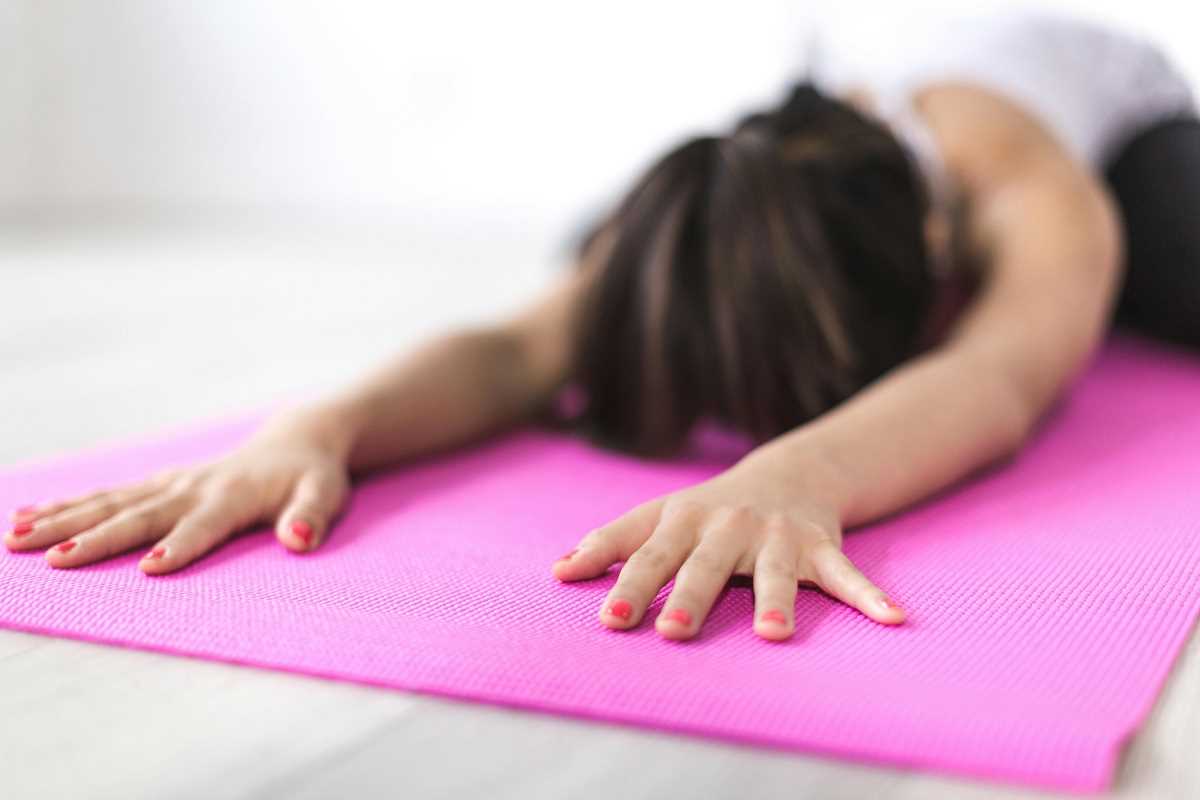 (Image via
(Image via